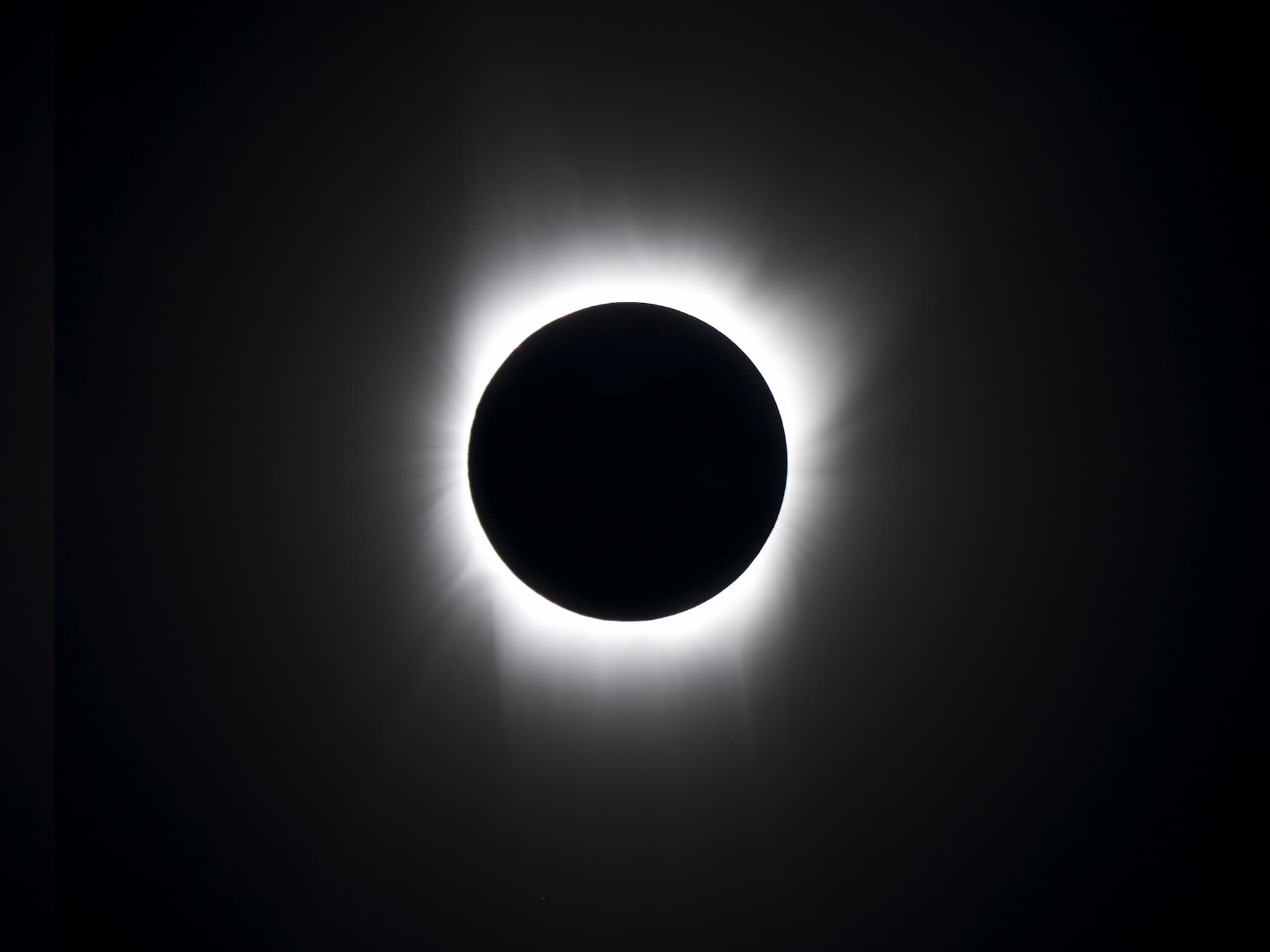The TYC 2505-672-1 system, which appears to consist of two giant red stars late in their lives, holds the record for the universe's longest stellar eclipse. Every 69 years, the binary star system hosts a striking eclipse which lasts for a staggering 3.5 (Earth) years.
Total Eclipse
The system in question is approximately 10,000 light-years away from earth- so it is a little hard to study up close. What we do know is that one of the two red stars that calls the system home is surrounded by a huge disk of material. Ultimately, this is what results in the lengthy eclipse period.
Also, a large distance separates the two stars (roughly the distance between the Sun and Uranus). This accounts for the extensive 69-year period between eclipses.
"It's the longest duration stellar eclipse and the longest orbit for an eclipsing binary ever found... by far," said lead author Joey Rodriguez from Vanderbilt University.
"One of the great challenges in astronomy is that some of the most important phenomena occur on astronomical timescales, yet astronomers are generally limited to much shorter human timescales," his colleague Keivan Stassun added.
In total, Harvard astronomer Sumin Tang and his colleagues studied more than 10,000 photographic plates captured by the American Association of Variable Star Observers (AAVSO) and the Digital Access to a Sky Century (DASCH) programs. This data, compared with data from the most recent eclipse in the system, allowed the astronomers to make their calculations.
A New Record
"Here we have a rare opportunity to study a phenomenon that plays out over many decades and provides a window into the types of environments around stars that could represent planetary building blocks at the very end of a star system's life," says Stassun.
The previous record for longest eclipse was held by Epsilon Aurigae - 2,200 light-years away from us - a star which sees eclipses of 640 to 730 days every 27 years. Because Epsilon Aurigae is closer and brighter, it's much easier for researchers to study.
Further research on the TYC 2505-672-1 system will be a challenge for astronomers.
"Right now even our most powerful telescopes can't independently resolve the two objects," said Rodriguez. "Hopefully, technological advances will make that possible by 2080 when the next eclipse occurs."
Share This Article
